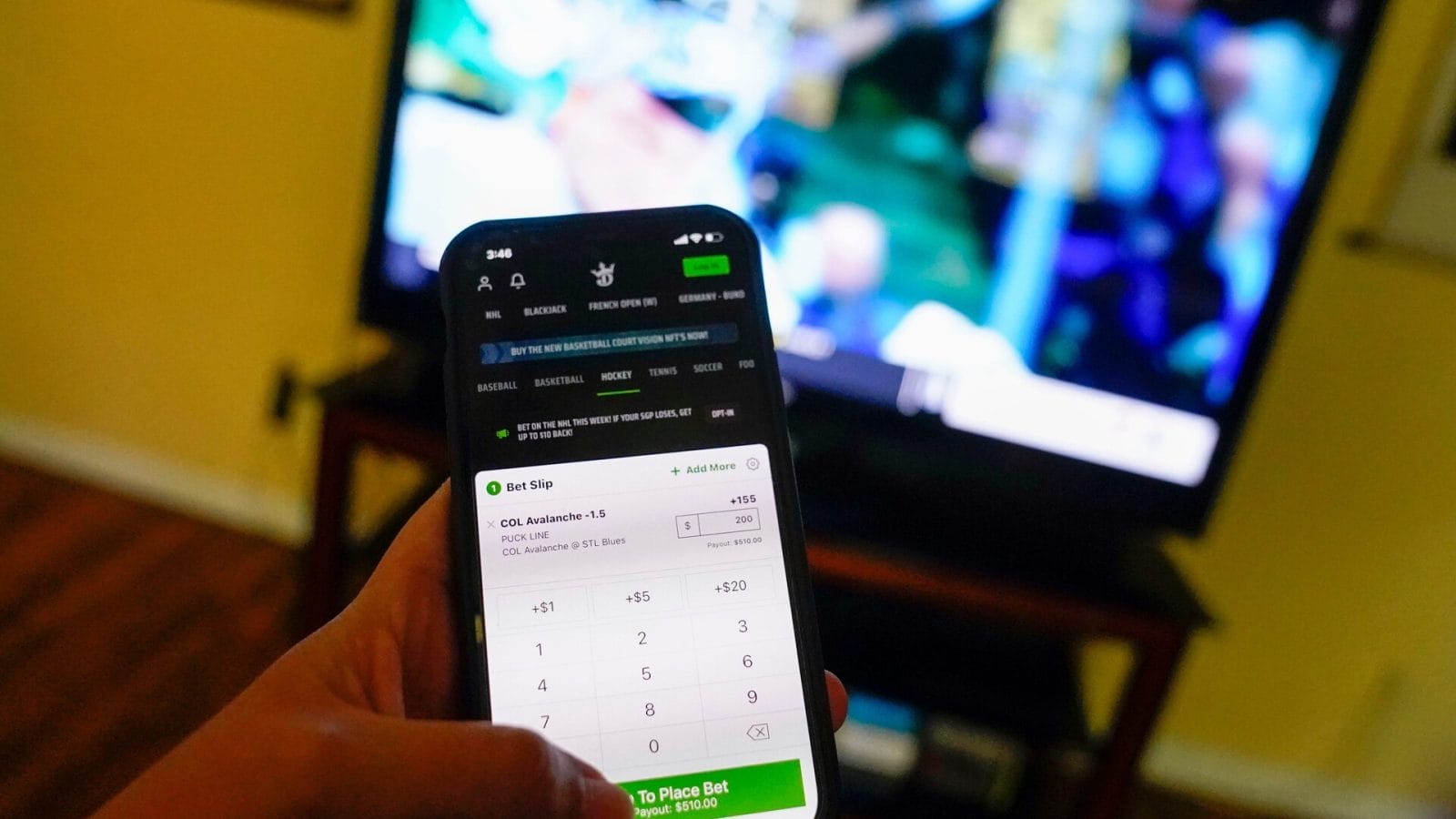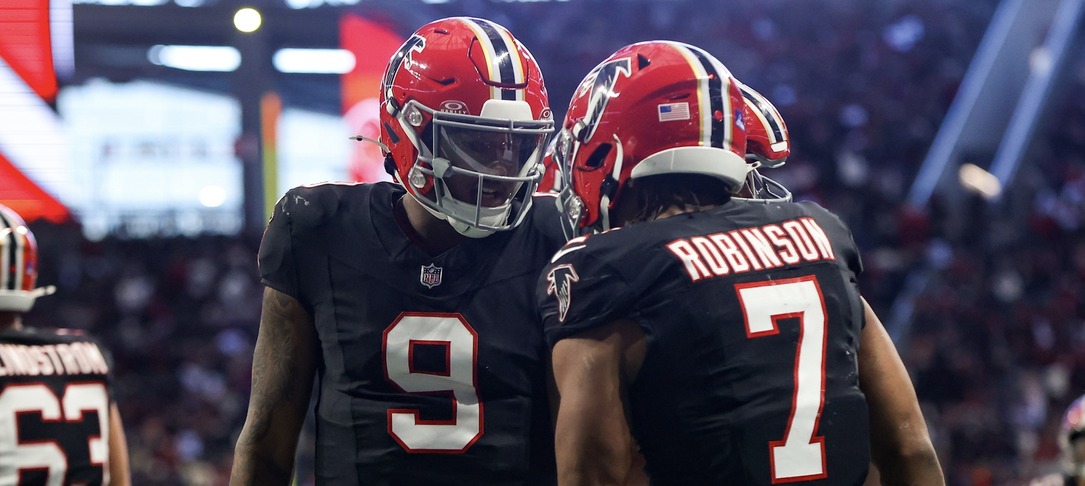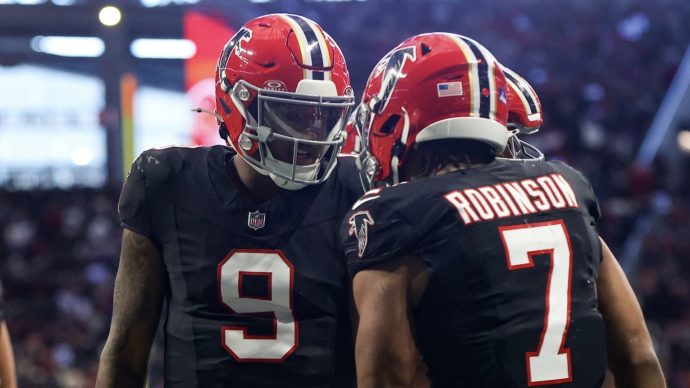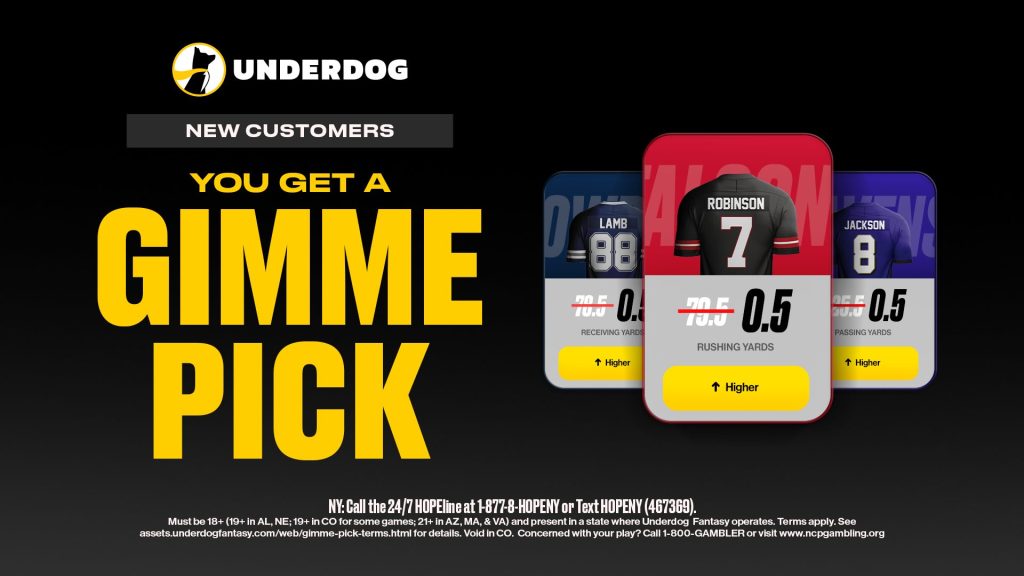Advertising has become a hot-button issue in the sports betting world, with advertisements going from non-existent to inescapable since the Supreme Court overturned PASPA in May 2018. These marketing blitzes have caught the eye of responsible gambling advocates, anti-gambling groups, regulators, and lawmakers who fear the expansion will lead to an increase in problem gambling.
That said, the situation isn’t so cut-and-dry. Yes, traditional media is bringing sports betting ads to a mass audience, but not everyone is being inundated with sports betting ads. In the digital age of targeted marketing, your exposure to sports betting ads is correlated to your interest in sports and gambling.
To get a sense of the present and future of sports betting marketing, Props.com spoke with Mike Smith, Head of ad:s, US at Sportradar, who explains why you will see a lot of sports betting ads.
Sportradar’s Ad:s Division
Steve Ruddock: Could you give readers an idea of what Sportradar is doing on the advertising front?
Mike Smith: Sportradar is a global sports data company, and nobody has more sports data than Sportradar. We’re an innovative company with data and technology at our core, and we’re trying to make the sports ecosystem as successful and sustainable as possible.
We developed our ad:s offering after identifying a gap in the marketplace for advertising technology built specifically for the sports industry. You have your Googles and Amazons, but none focus specifically on sports because no one else has the data that is required. We’re sitting on all the sports data, so we decided to build advertising technology to help the sports ecosystem and help engage fans in a meaningful way when it comes to advertising.
What we’ve done is taken our core proprietary technology, and that’s an advertising platform called demand-side platform or DSP, which you hear referenced as programmatic advertising.
What that means is a computer helps you place these ads. That allows us to choose the parameters of an advertising campaign and serve ads to people across laptops, connected televisions, mobile phones, tablets, etc.
Then we said, we’ve conquered the screens inside the home for lack of a better way of putting it. Now, our approach is to also resonate outside the home, or what is called digital out of home, which is essentially all the screens outside of the home. We’re bringing live scores, live odds, and live matchups to those screens outside the home, so from a very broad macro view, we have built a digital ad agency focused on sports. We provide strategy and execution to make sure that our campaigns resonate the most for the sports fan.
Steve Ruddock: Is the focus on digital?
Mike Smith: We shy away from traditional advertising like print, television, and static billboards. Not because we don’t believe in it, but it’s outside our core competency as a tech and data company. We’re really focused on the digital world.
And again, we are singularly focused on the sports ecosystem. We’re trying to build differently; we’re not trying to compete with large media agencies that have spent years perfecting buying print. We are competing with people looking for users who are sports fans in a digital environment because we have such a leg up in that space with all of our data.
Steve Ruddock: What are the delivery channels for this?
Mike Smith: The basic premise of the programmatic space, and what our platform does, is that any given website sells a percentage of its advertising upfront to large advertisers. You go to espn.com, and you’re going to get Toyota. But, when you go to the hockey page and read an article about hockey, Toyota might say, we only want to be on the homepage. So how do they fill that slot with advertising? They put it up in an auction environment, and then all the demand-side platforms bid on it.
We put in the parameters, and we say we’re looking to target NY Rangers fans in the state of New York. So then, as you get to espn.com, we, through completely anonymous means, understand that you’re a Rangers fan, and we’ll place that ad in front of you.
You see this all the time in your regular life. If you shop online and look at a pair of shoes, that pair of shoes will follow you until you buy them. That’s a version of what we can accomplish. That’s called retargeting. So as somebody goes to their website, if they haven’t made a purchase or signed up for an account, we’ll follow them for a period of time.
Targeting Responsibly
Steve Ruddock: Doing this targeting responsibly is critical. In addition to that, how would this work in a state like Massachusetts, which is considering age-gated advertising restrictions?
Mike Smith: It shouldn’t really impact the advertising now, as we’ve already put blockers in place. For example, nickelodeon.com probably sells ads to the big toy companies. They sell those up front. Then they do the same auction environment. The difference is we’re not going to bid on them. We’re already preemptively not serving publishers or websites that skew younger and putting in other data points to ensure that.
I use the alcohol industry as an example because they’ve worked hard to self-regulate. The last thing they want to do is serve an ad to somebody underage. A, it’s a wasted ad, and B, that’s irresponsible. Similarly, with sportsbooks, I think they’re taking it really seriously to make sure that the advertising is compliant.
Steve Ruddock: One of the glitches that usually happens in this space is when you target specific keywords. Previously, I’ve seen gambling ads appear on problem gambling articles because of the word gambling.
Mike Smith: The way the targeting works is you can choose to target keywords or decide not to target keywords. You can choose to target websites because you think those websites are the best places to target audience segments.
There are audience segments available for everything from pickle enthusiasts to brides-to-be and people who own an ACE hardware store. There are all these different things we can do as a strategy. And I think one of the things that separates our approach is we’re not going to target keywords necessarily. We’ll avoid that to avoid serving gambling ads on a problem gambling article. We allow our technology to steer the campaign and help optimize it as it goes live.
What I mean by that is we’re only leveraging our data. We don’t leverage third-party data. When you leverage third-party data, you often get in trouble because the data is only as good as the collection methodology and the frequency at which it’s cleaned. We set up our campaigns, leverage only our data, which we know to be clean, and we monitor it and allow our technology to monitor it daily, which is our secret sauce—the combination of strategy and technology.
Are There Too Many Ads?
Steve Ruddock: There is a lot of talk about the volume of sports betting ads. What are your thoughts on this?
Mike Smith: Nobody’s upset about getting an ad that really resonates with them. It’s when an ad comes along for something you don’t want to buy that you find it intrusive.
Steve Ruddock: Because it’s targeted, are sports bettors and people that follow sports betting, including critics, seeing more ads than the typical person?
Mike Smith: Absolutely. Yes. I believe it was Nielsen that reported sports betting ads are a blip on the radar, but sports fans are seeing them everywhere. So, the perception is there are too many sports betting ads.
Well, if you’re watching sports, you are the perfect demographic to be served sports betting ads. The reality is that non-sports fans are not really exposed to any of this if the campaign strategy is correct and the execution is correct. Sports betting fans, sports betting critics, and sports fans are going to see a far greater amount of these ads. And that’s just based on the advertising ecosystems.
People reading this article are going to be served a lot of betting ads because they’re probably in other places where sports betting ads make sense. If you are sitting in a legal sports betting state and you are reading this article, before your daily online journey ends you’re going to get served ads.
Marketing Beyond Sports Betting
Steve Ruddock: And what do your customers look like?
Mike Smith: I would describe our customer base as anyone looking to sell something to a sports fan. So that can be sportsbooks, that could be sports teams, that could be sports leagues. It could be a brand that does a lot of sports sponsorships.
We don’t get people to sign up for test drives. We find sports fans, and we serve them relevant and precise ads in places and at times that we think they will react to those ads.
Steve Ruddock: So, this goes way beyond sports betting.
Mike Smith: It does. At the core, we are very tightly intertwined with sportsbooks based on the business. But the reality is, we power broadcasts from sports. We power dot coms to put up box scores. We do far more than just sports betting, particularly in North America, where we have a significant media presence.
Steve Ruddock: When a potential client approaches you, where does the ad creation come in? Do they create the ads and then funnel them to you to place in media?
Mike Smith: I think we have an advantage in that we’re very flexible in how you want to work with us. You can use us simply as an execution arm and say, ‘This is the strategy. This is who we want to go after. Here is our ad. Put it out there.’
Or, you can come to us with an open slate and say, ‘Design me an ad. Give me a strategy. Tell me where and how much I should spend. Go out and execute it for me.’
So, we have a technology that builds ads for the customer. Some of our customers use that, and some use their own. It just depends on the needs of our partner. In the sportsbook space, there are some very specific disclaimers, branding, logos, etc. We often get templates, and then we’ll use those templates, inserting live odds, live scores, matchups, and so on.
And, since we’re a technology company, we can do all of this at scale. We have a platform that, in about five minutes, you can click, ‘I only want to offer money lines, I only want to offer it for these ten NBA teams, and I want to design a hundred different sizes.’
That’s important because while most websites have the same three sizes for banner ads, there are also unusual sizes on different websites. Our platform can spit out hundreds of banner ads that dynamically update and only show money lines for those ten teams across any website you want to be on. All within five minutes.
A lot of our customers need that efficiency. They have brilliant people working in their marketing teams, and there’s no question they could do execution, but they need to focus on all the other parts of their business.
The Proof Is In The Pudding
Steve Ruddock: What have your results been like so far?
Mike Smith: The results have been great. Let’s put it this way; we’ve had a ton of customer loyalty. We have not churned customers based on performance. There is a reason the same NASCAR driver wins the most races. They’re all basically driving the same cars, but because we’ve built our own technology and trained our driver so they’re familiar with the car.
So, we have an advantage of winning more races than our competition, despite the technology being fairly commoditized. We have the little advantages that allow us to succeed and that’s in a game of customer acquisition. Those little advantages are big.






